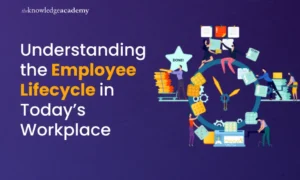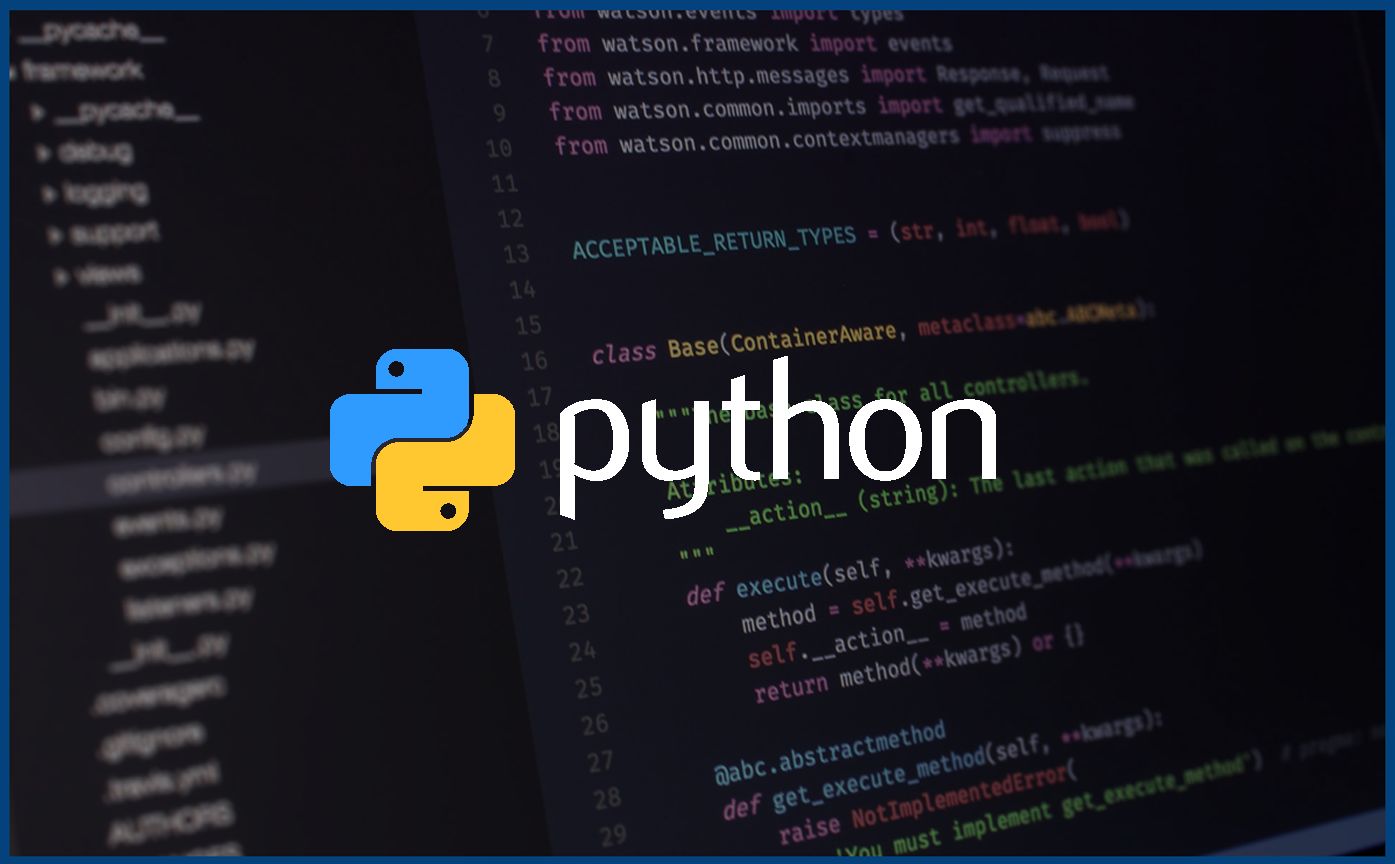In today’s digital world, cybersecurity doesn’t just protect systems — it protects people. Every day, millions of Americans rely on public services powered by software: a veteran accessing health benefits, a disaster response team coordinating real-time data, or a federal agency managing national defense logistics. These services depend on secure digital infrastructure to function safely, accurately, and without interruption. A single breach or system failure can have cascading effects, from exposing personal medical records to disrupting government operations. In this landscape, security is no longer a back-end feature; it is a prerequisite for public trust, institutional integrity, and national resilience.

That’s why cybersecurity must be treated not merely as a technical challenge, but as a civic responsibility. At the heart of this responsibility are technology leaders who understand how to build platforms that are not only innovative but also secure by design. Tingting Lin is one such leader. As the United States pushes to modernize its digital infrastructure and protect its most sensitive data, her work is helping to shape a more secure future for the public sector.
As a Product Manager at SAP, Tingting led a pivotal initiative that brought multiple enterprise applications into a FedRAMP-compliant cloud environment. FedRAMP (the Federal Risk and Authorization Management Program) sets the gold standard for cloud security for federal agencies. It is more than a compliance badge; it is a foundational pillar for ensuring that the software powering government operations is equipped to handle the most demanding security requirements. Tingting’s work did more than align with these standards — it helped raise the bar for how technology companies can support national security objectives through thoughtful, scalable architecture and cross-functional leadership.
“Security shouldn’t be a checkbox at the end — it needs to be part of the DNA from day one,” Tingting says. “Our job as product leaders is to make sure that innovation doesn’t outrun responsibility.”
What distinguished Tingting’s approach was not only her ability to manage complexity, but her vision to transform compliance from a constraint into a strategic advantage. She led the end-to-end deployment process, aligning technical teams, security stakeholders, and business leaders around a shared mission: to deliver a secure, scalable environment that could serve the evolving needs of public-sector clients. The result was more than a deployment. It was a reusable, future-ready framework that accelerates the government’s ability to onboard compliant applications, reducing friction, improving operational speed, and ultimately strengthening digital trust.
Tingting’s leadership in this space is grounded not only in practice but in theory. Earlier this year, she published a peer-reviewed paper titled “Enterprise AI Governance Frameworks: A Product Management Approach to Balancing Innovation and Risk” in the International Research Journal of Modernization in Engineering, Technology and Science. In that paper, she introduces a validated framework for integrating governance controls into the product development lifecycle — a critical need in industries where innovation speed often clashes with regulatory complexity. Her research spans 15 enterprise organizations across technology, finance, and healthcare, offering concrete metrics that show how governance can enhance, not hinder, innovation velocity.
The synergy between her academic work and professional execution is rare and deeply relevant. Her FedRAMP project is a case study in applying those governance principles at scale. By embedding compliance protocols into core product development, rather than treating them as afterthoughts, she ensured that SAP’s systems weren’t just ready for federal certification, but also optimized for future expansion. That means federal agencies, contractors, and critical service providers now have faster access to cloud solutions that meet the highest security and performance standards.
“You don’t win public trust with promises. You earn it through architecture, execution, and evidence,” Tingting reflects. “That’s what this work was about.”
The public impact of this work is far-reaching. Whether supporting data management for government agencies, digital procurement systems for municipalities, or infrastructure tools for emergency response, the systems Tingting helped secure touch millions of lives. They enable faster, safer access to essential services, reduce the risk of operational downtime, and give public institutions the confidence to embrace digital transformation. In an era when trust in technology is fragile, Tingting’s work underscores that security and innovation can and must coexist.
Her leadership also signals a broader shift in the role of the product manager. Today’s product leaders are not just responsible for delivering features or managing sprints. They are custodians of systems that underpin national functions, public expectations, and regulatory frameworks. Tingting exemplifies this evolved role. She brings not only technical fluency and strategic foresight but also a deep awareness of the societal stakes involved in the tools we build.
As the United States continues to invest in digital modernization, leaders like Tingting Lin will be indispensable. Her work demonstrates that secure infrastructure is not simply the domain of engineers or compliance officers. It is the product of a cross-functional vision, one that connects technical rigor with human impact, long-term policy goals with day-to-day user needs. In short, her work shows that the future of public-sector technology is not just about speed or scale. It’s about trust, and trust is something we build.































































